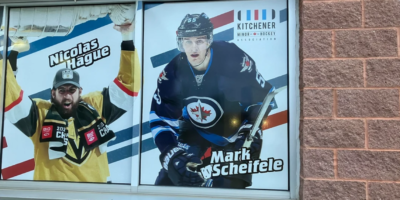Everyone has seen the images on the news: cars lit on fire, smashed store windows, all out brawls, and clashes with authorities. These are the images of a riot in progress and the chaos that comes along with it.
Last week, one such riot took place in Argentina at the Copa America Stadium after a soccer match. The team who plays out of Argentina’s largest stadium is the Club Atletico River Plate. After a loss on June 28th which saw the team relegated to the second division for the first time in its 110 year history, the team’s fans lost it. In their outrage, fans threw bleachers at police and destroyed concession stands, causing serious damage to the stadium and injuring more than 30 people. Video footage also shows the furious followers of the club wreaking further havoc once outside the stadium.
Another riot related to sports occurred just a few weeks ago right here in Canada. It was Wednesday, June 15th when the Vancouver Canucks lost to the Boston Bruins at home in the seventh game of the Stanley cup finals. At least 140 people were reported injured during the incident, one critically; at least four people were stabbed; and nine police officers were injured. A total of 101 arrests were made that night and 16 following the event. The number of arrests could and probably should have been a lot higher seeing as an estimated 100 000 people were crammed into the two-block fan zone set up by city organizers for fans to watch the game on big screens. Some of the events that ensued included burning of police cars, tipping of porta-potties, fist fights, and burning of Bruins and Canucks memorabilia. An estimated five million dollars in damages were caused that night.
These two recent events were acts of rebellion after a loss, but riots also occur after a victory in some cases like the Montreal riot in 1993 after the team won the Stanley Cup. Victory riots make even less sense than a riot after a loss because the fans have no reason to be angry and lash out, yet they still cause trouble. Psychologists and sports fan behaviour experts have a variety of theories; one of which is that people in a large crowd lose their sense of individual accountability. When we lose our sense of accountability we do things we would not normally do. It is hard to point out who throws the first punch or throws the first bottle in a huge crowd of people. Fans often feel like they can do anything they want. This lack of accountability outweighs the influence of alcohol which is often blamed for events like riots.
So it seems that sporting riots are inevitable. As long as there is a large crowd of angry or celebrating fans, the risk is high. It is a relief that sports fans are generally unorganized and primitive in their tactics, in contrast to rioters who study the tactics of police in order to evade their efforts to control the mob. Manuals for successful rioting are available on the internet, which suggest things like getting the press involved so that there is more attention drawn to their act of rebellion and so the additional coverage will discourage police brutality.
A sports riot has the ability to make a heartbreaking loss worse as well as put a blemish on a hard fought victory.



